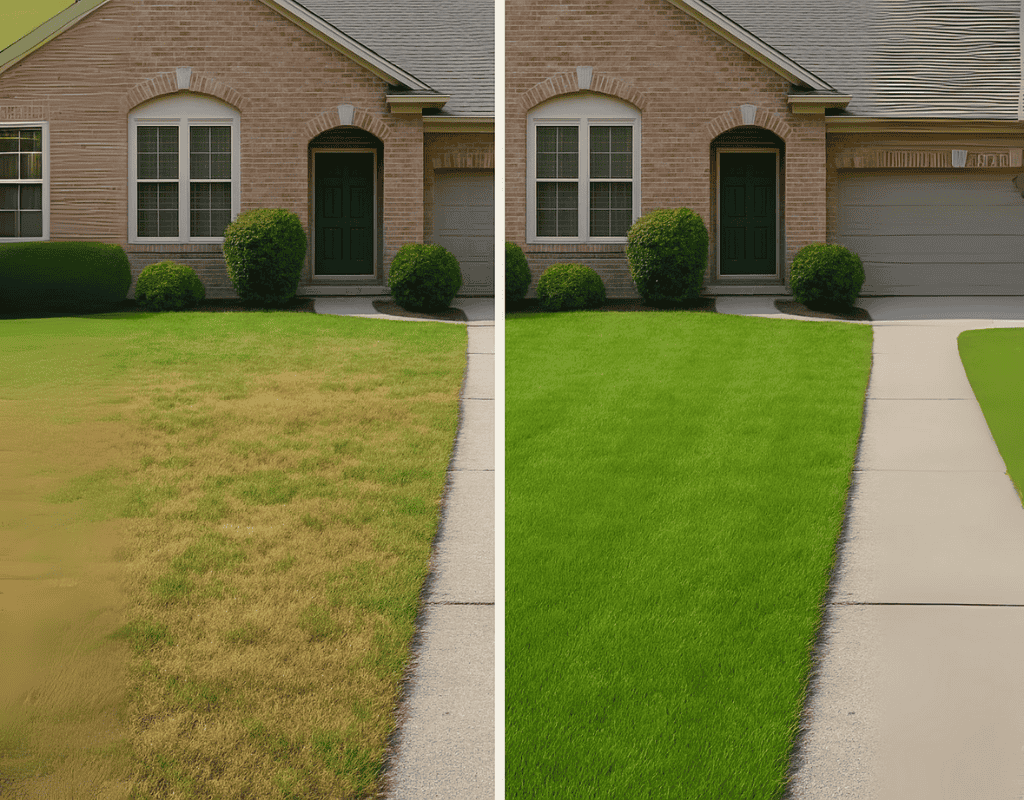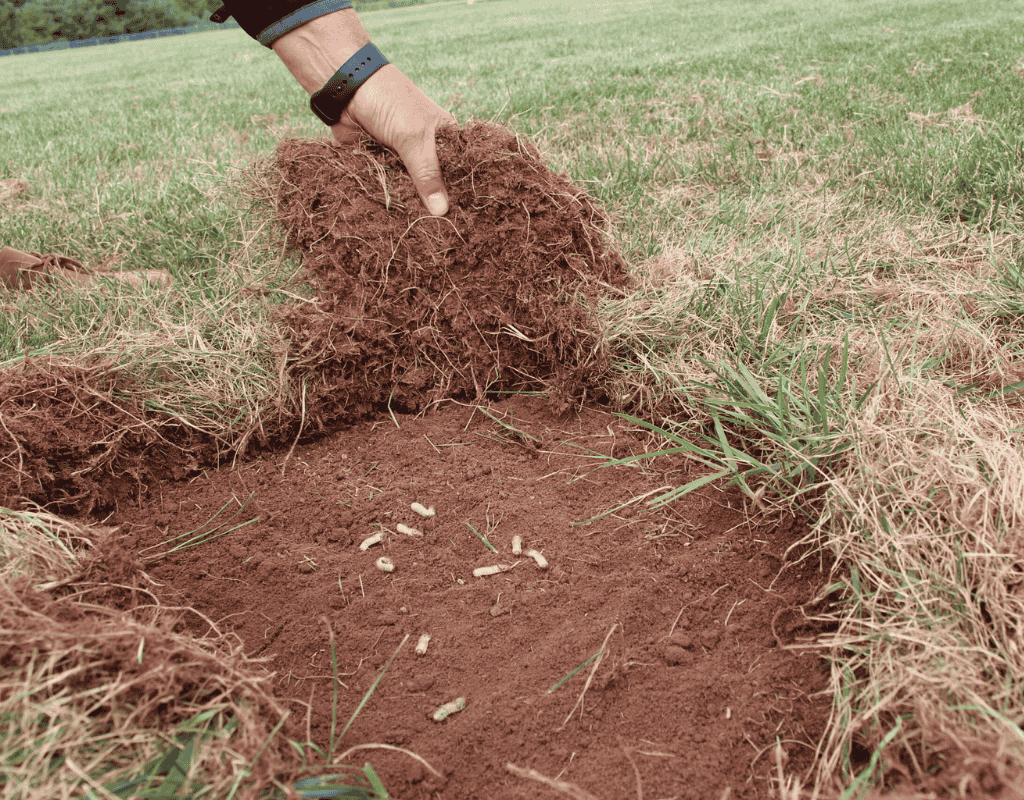

Let's face it—grubs may be tiny, but they can seriously damage your lawn if left unchecked. Whether you're dealing with grub infestation, looking for a preventative solution, or just want to know what's burrowing beneath the surface, Weed Pro has your back. Call us today, and let's get rid of grubs for good—your lawn will thank you!